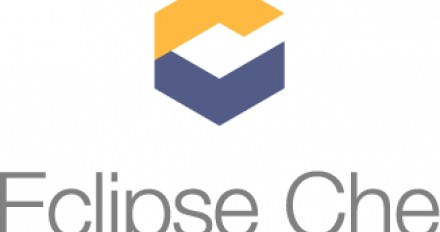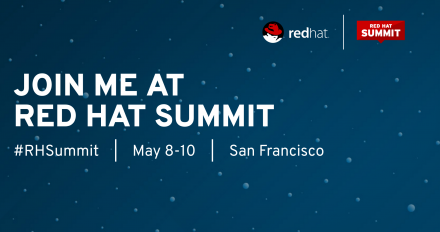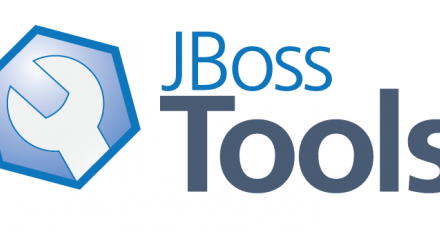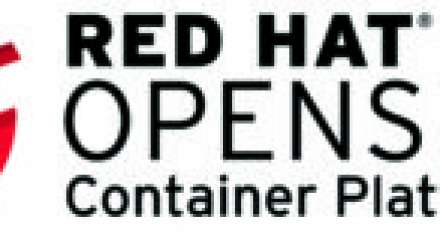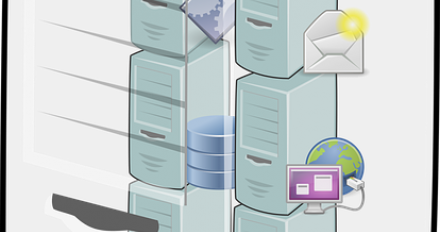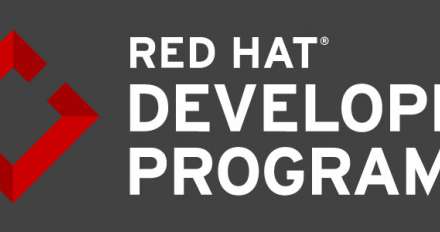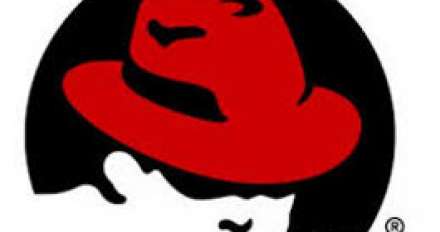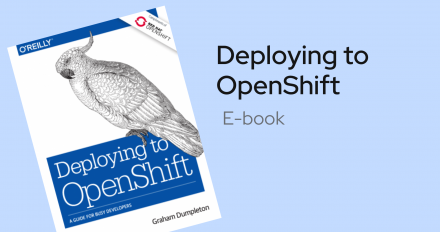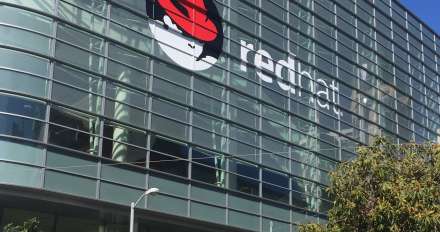
Red Hat Summit: Containers, Microservices, and Serverless Computing
You're in an IT department. How does the rest of the organization see you? As a valuable asset whose code and APIs make a difference in the marketplace, or as a necessary evil that should be trimmed wherever possible? Containers, microservices, and serverless computing can get you where you need to go.
